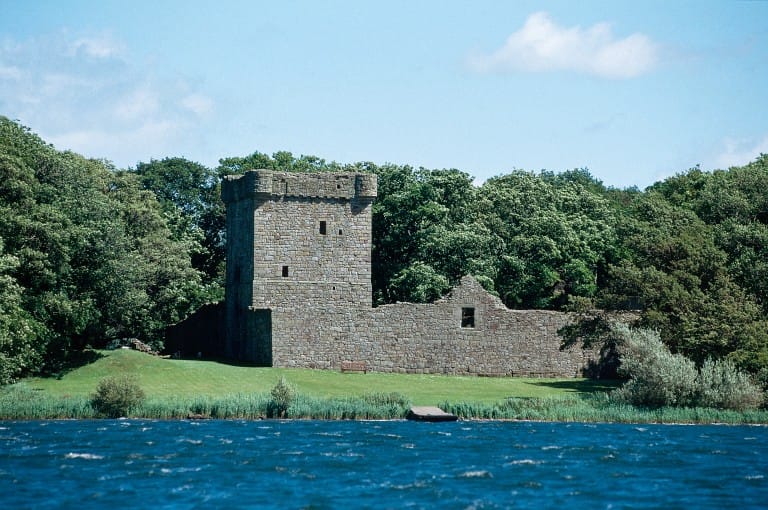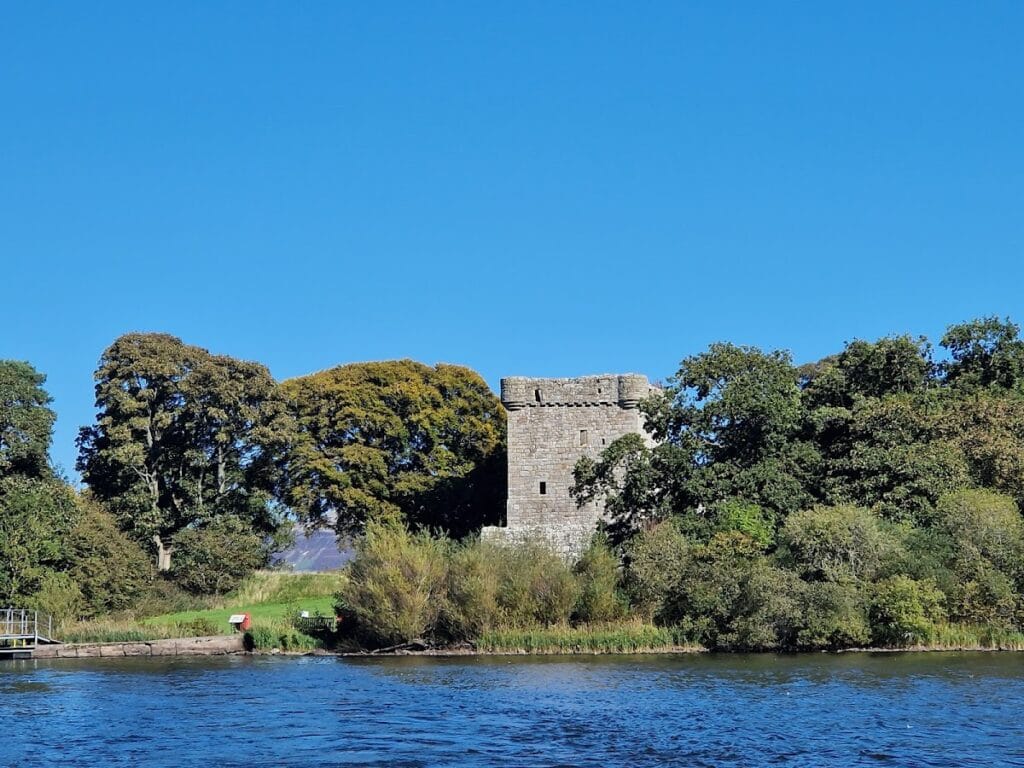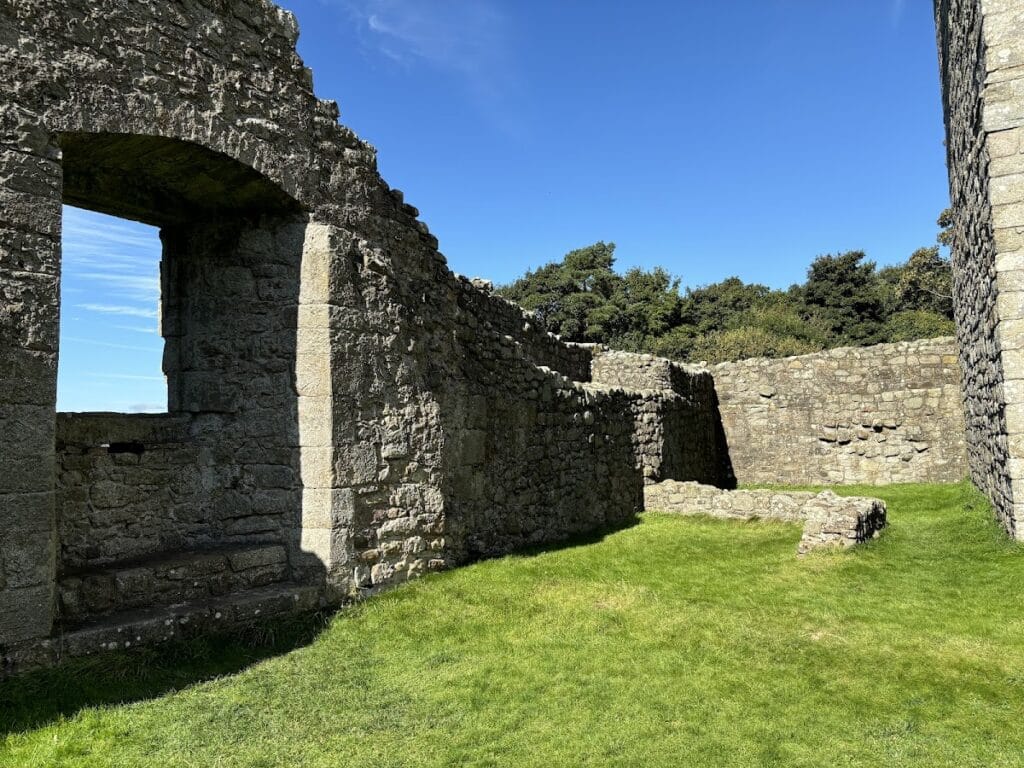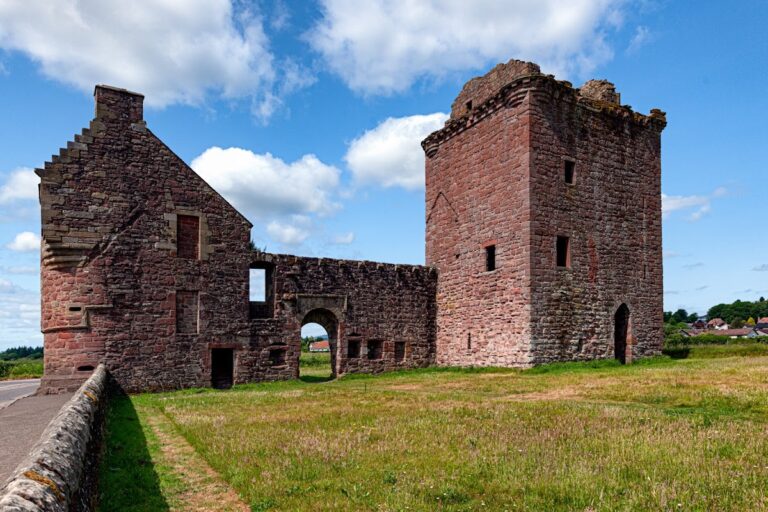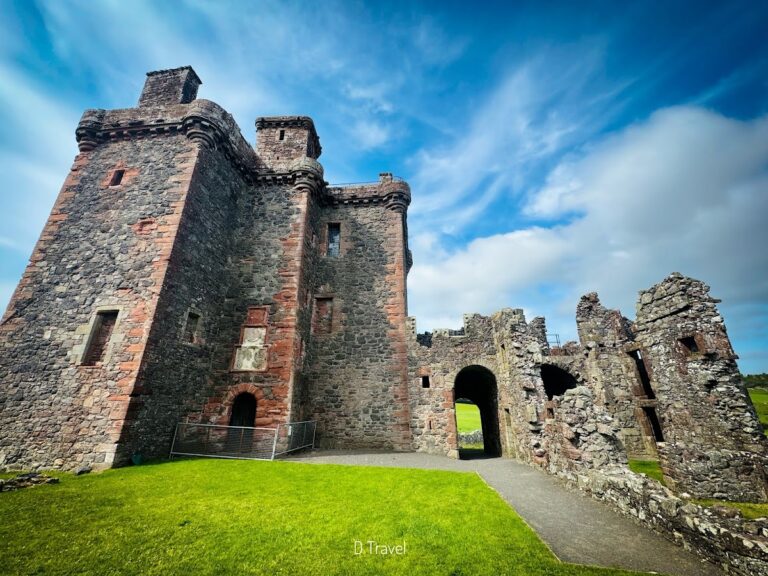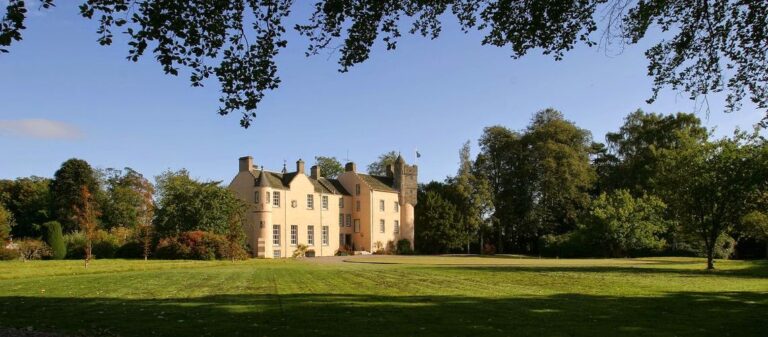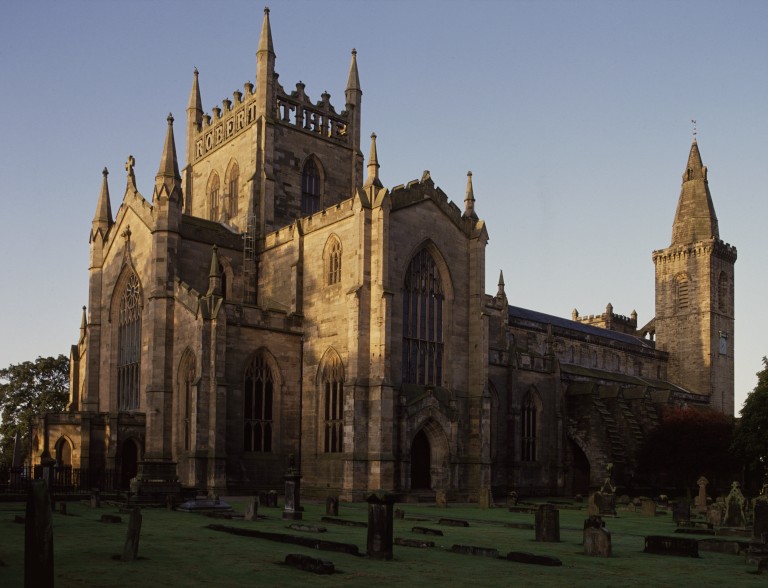Loch Leven Castle: A Historic Scottish Stronghold and Prison
Visitor Information
Google Rating: 4.7
Popularity: Low
Google Maps: View on Google Maps
Official Website: www.historicenvironment.scot
Country: United Kingdom
Civilization: Medieval European
Remains: Military
History
Loch Leven Castle, set on an island within Loch Leven in Kinross, Scotland, was likely built around the year 1300 by Scottish builders. Its location made it a strategic stronghold during the Wars of Scottish Independence in the late 13th and early 14th centuries. At the start of these conflicts, the castle was held by English forces but was later seized by the Scots, and tradition suggests that William Wallace may have played a role in its capture.
In 1390, King Robert II granted the castle to Sir Henry Douglas, beginning nearly three centuries of Douglas family ownership. Throughout this period, Loch Leven served as a state prison, detaining various important figures. Among its notable captives before Robert II became king were Archibald Douglas, the 5th Earl of Douglas, and Archbishop Patrick Graham. The castle’s reputation as a prison was further cemented in the 16th century when Mary, Queen of Scots, was confined here.
Mary’s imprisonment began in June 1567 after her forces surrendered at the Battle of Carberry Hill. During her time in captivity at Loch Leven, she lived primarily in the Glassin Tower. Her ordeal included a miscarriage, and she was compelled to abdicate the throne in favor of her infant son, James. Despite strict confinement, Mary managed to escape with help from members of the Douglas family in May 1568, marking a dramatic episode in Scottish history.
Following this period, the castle’s prominence declined, particularly after 1588 when Sir William Douglas inherited the Earldom of Morton along with other estates. From then on, Loch Leven Castle saw infrequent use as a residence. In 1675, Sir William Bruce, a royal architect, purchased the estate and integrated the castle ruins into the ornamental gardens of his nearby Kinross House. This marked the end of its function as a dwelling.
Over the course of the 18th century, the castle fell into ruin. In 1840, efforts were made to clear debris and begin conservation work. Ownership passed through the Bruce, Graham, and Montgomery families before the site came under state care in 1939, ensuring its preservation for future generations.
Remains
Loch Leven Castle’s layout originally covered almost the entire island, known as Castle Island, which was expanded and planted with trees in the early 19th century after the River Leven’s outflow was canalized, lowering the loch’s water level. The castle consists of a roughly rectangular courtyard surrounded by a defensive curtain wall. Within this enclosure stands a five-storey tower house at the western corner and the distinctive round Glassin Tower on the southeast side. Foundations remain visible along two sides of the courtyard where additional buildings once stood.
The main tower house measures about 36.5 feet by 31.5 feet and included five floors linked by a spiral staircase in the main wall. Its vaulted basement and kitchen occupied the lower floors, while a hall and private chambers were located above. The roof and wooden floors no longer survive, revealing skeleton remains of its past layout.
The Glassin Tower, built around 1550, projects from the southeast corner of the curtain wall and was designed both to provide extra living space and to enhance the castle’s defensive profile. Gunholes along the outside wall allowed defenders to cover the approach. The tower houses a vaulted basement intended to store water, with separate channels to collect water from the loch and to drain waste. Above this, the lower chamber contains an oriel window overlooking the water, while an upper room likely served as a bedroom. At the top, a small chamber accessible only from the wall walk may have been used as a study or library.
Excavations conducted in 1995 uncovered the stone base and two steps of a stairway leading to the tower’s Great Hall, alongside 16th-century pottery and animal bones found among collapsed debris near the forestair, providing insight into the castle’s occupation during Mary, Queen of Scots’ imprisonment.
Outside the main courtyard, little remains of an outer court except for an earth bank marking the position of former walls and traces of a bakehouse, which survive as fragmentary ruins. These features hint at the wider functional complex that supported the castle’s defensive and domestic activities.
